Uncertainty is a daisy whose petals are never fully unfolded.
La incertidumbre es una margarita cuyos pétalos no se terminan jamás de deshojar.
Mario Vargas LLosa in Aforisticamente
Hello friends of #AmazingNature! It is a pleasure to greet you again and to express my best wishes for you to be spending these Christmas days with great joy and taking good care of your health and that of your loved ones. May you be preparing your spirits and spirit to give a grateful farewell to this year that in a few days ends and lovingly receive the next year that, from the heart, I hope, will bring us a greater welfare.
I want to accompany my greetings with images of this herbaceous plant known by the preferred common name Wedelia or Vedelia and its small yellow flower. It has, in addition, a variety of common names, among them the aforementioned and Clavellin, Beach carnation, Golden cup, Coconut flower, Sun grass, Japanese grass, Chamomile, Beach chamomile, Marigold, Yellow daisy, Carpet daisy, Grass daisy, Purslane daisy, Creeping daisy, Yellow creeping daisy, Singapore daisy, Rabbit's foot, Yellow dots, Creeping ox-eye, Romerillo, Creeping wedelia or Water zinnia.
¡Hola amigos de #AmazingNature! Es un gusto saludarles nuevamente y poder expresarles mis mejores deseos por que estén pasando estos días navideños con mucha alegría y cuidando mucho su salud y el de sus seres queridos. Que estén preparando su ánimo y espíritu para darle una agradecida despedida a este año que en pocos días termina y recibir amorosamente al próximo año que, desde el corazón, espero, nos traiga un mayor bienestar.
Quiero acompañar mis saludos con las imágenes de esta planta herbácea conocida por el nombre común preferente Wedelia o Vedelia y su pequeña flor amarilla. Posee, además, una diversidad de nombres comunes, entre ellos lo ya mencionados y Clavellín, Clavelín de playa, Copa de oro, Flor de coco, Hierba sol, Hierba japonesa, Manzanilla, Manzanilla de playa, Marigold, Margarita amarilla, Margarita de alfombra, Margarita de pasto, Margarita de verdolaga, Margarita rastrera, Margarita rastrera amarilla, Margarita de Singapur, Pata de conejo, Puntos amarillos, Ojo de Buey rastrero, Romerillo, Wedelia rastrera o Zinnia de agua.
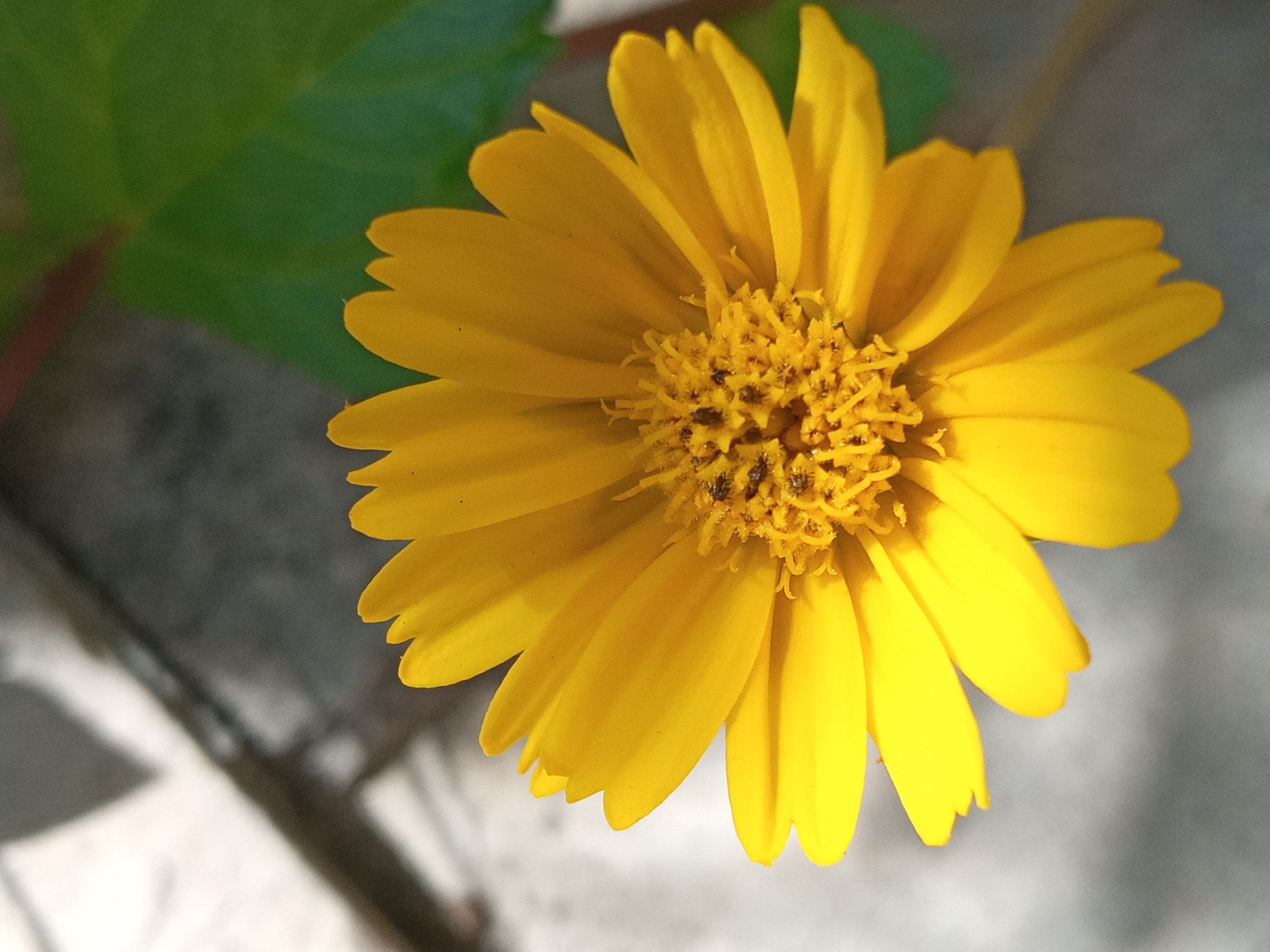
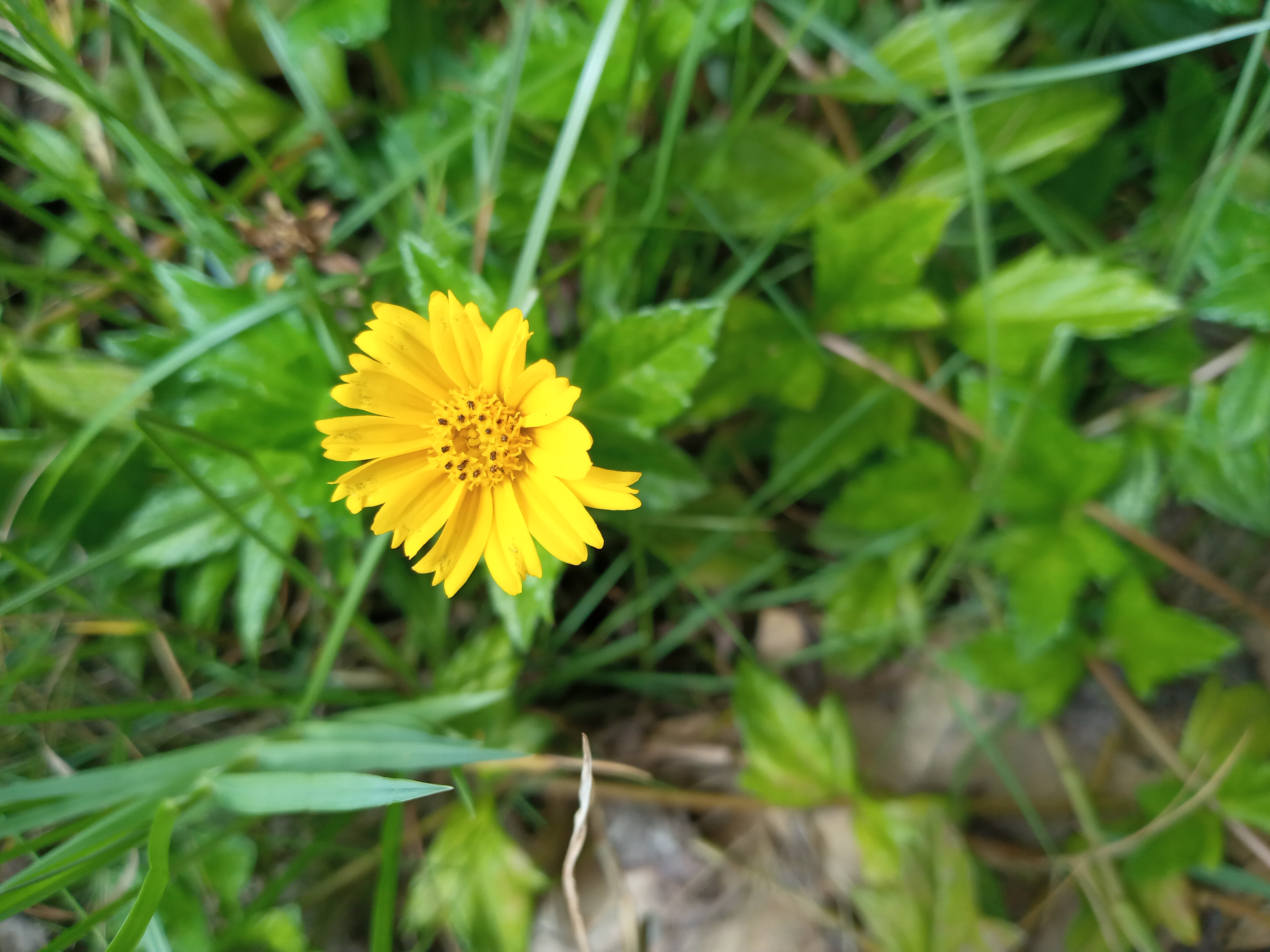
It is a plant native to tropical areas of Central and South America and has been widely distributed to tropical and subtropical regions of the world because it is very easy to grow for its adaptability to a wide variety of conditions and soil types, for its great ornamental appeal for landscaping and for its ability to prevent the growth of weeds. It grows like a carpet of vegetation that covers the soil and prevents the regeneration of other species, which has led to its inclusion by the IUCN, International Union for Conservation of Nature, among the top 100 most invasive alien species.
Its preferred scientific name is Sphagneticola trilobata and, one of its various scientific synonyms is, Wedelia trilobata. The origin of the genus name Sphagneticola comes from the Greek sphágnos, etum from the Latin meaning place and colo, living, meaning inhabitant of Sphagnum, which refers to plants with a preference for moist places and the dense growth of these plants. Additionally, the name of the genus, Wedelia, after the German physician Georg Wolfgang Wedel (1645-1721).
The specific epithet, trilobata, a Latin word meaning three and lobes, to refer to its leaves which have three lobes.
Es una planta originaria de zonas tropicales de Centro y Suramérica y se ha distribuido ampliamente hacia las regiones tropicales y subtropicales del mundo ya que es muy fácil de cultivar por su adaptabilidad a una amplia variedad de condiciones y diversos tipos de suelo, por su gran atractivo ornamental para el paisajismo y por su capacidad para evitar el crecimiento de malezas. Crece como una alfombra vegetal que cubre los suelos e impide la regeneración de otras especies, lo que le ha valido ser incluida por la UICN, Unión Internacional para la Conservación de la Naturaleza, entre las 100 principales especies exóticas más invasoras.
Su nombre científico preferido es Sphagneticola trilobata y, uno de sus diversos sinónimos científico es, Wedelia trilobata. El origen del nombre del género Sphagneticola proviene del griego sphágnos, etum del latín que significa lugar y colo, vivir, que significa habitante de Sphagnum, lo cual se refiere a plantas con preferencia por lugares húmedos y al crecimiento tupido de estas plantas. Adicionalmente, el nombre del género, Wedelia, en honor al médico alemán Georg Wolfgang Wedel (1645-1721).
El epíteto específico, trilobata, una palabra latina que significa tres y lóbulos, para referirse a sus hojas que tienen tres lóbulos.
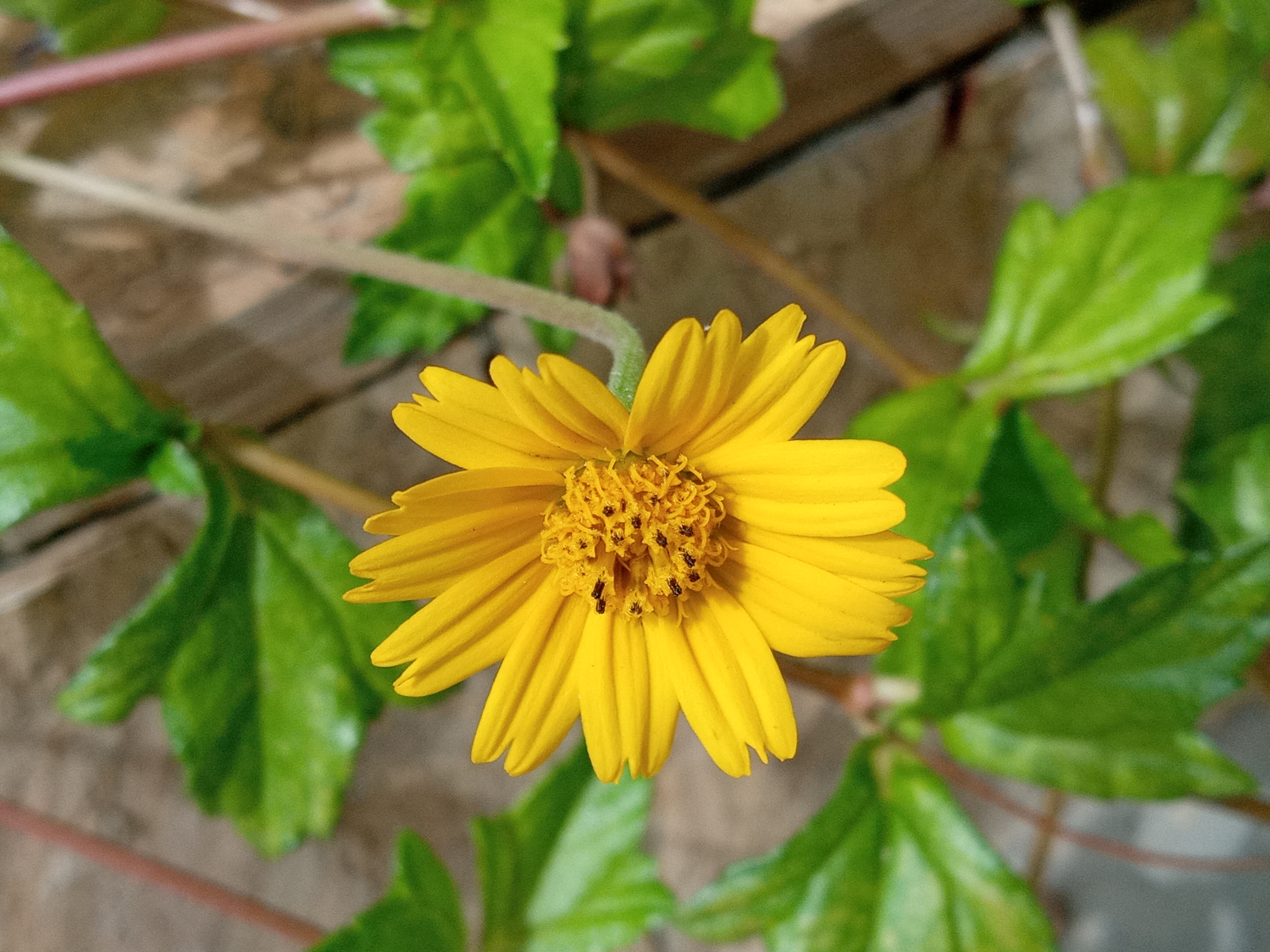
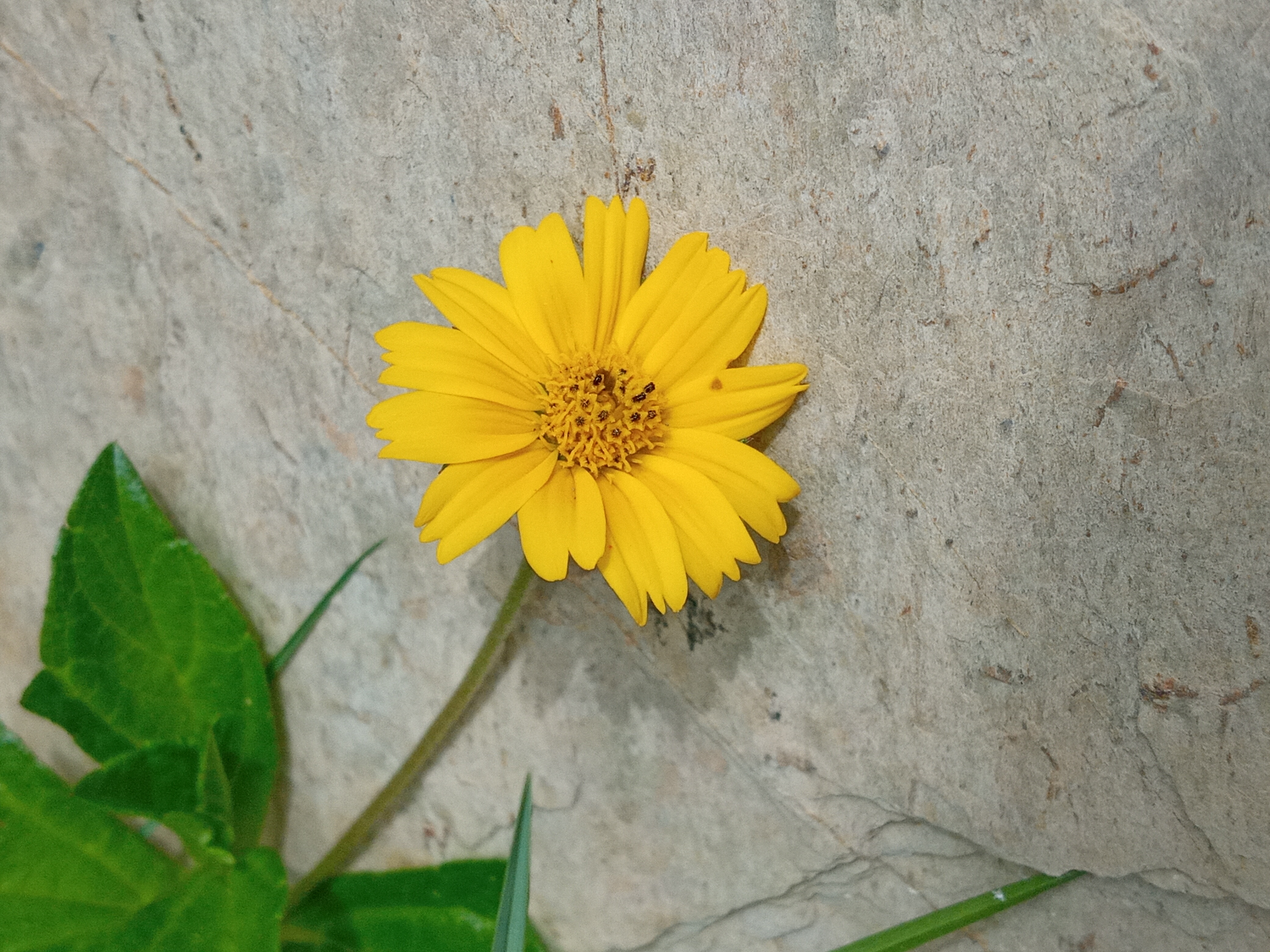
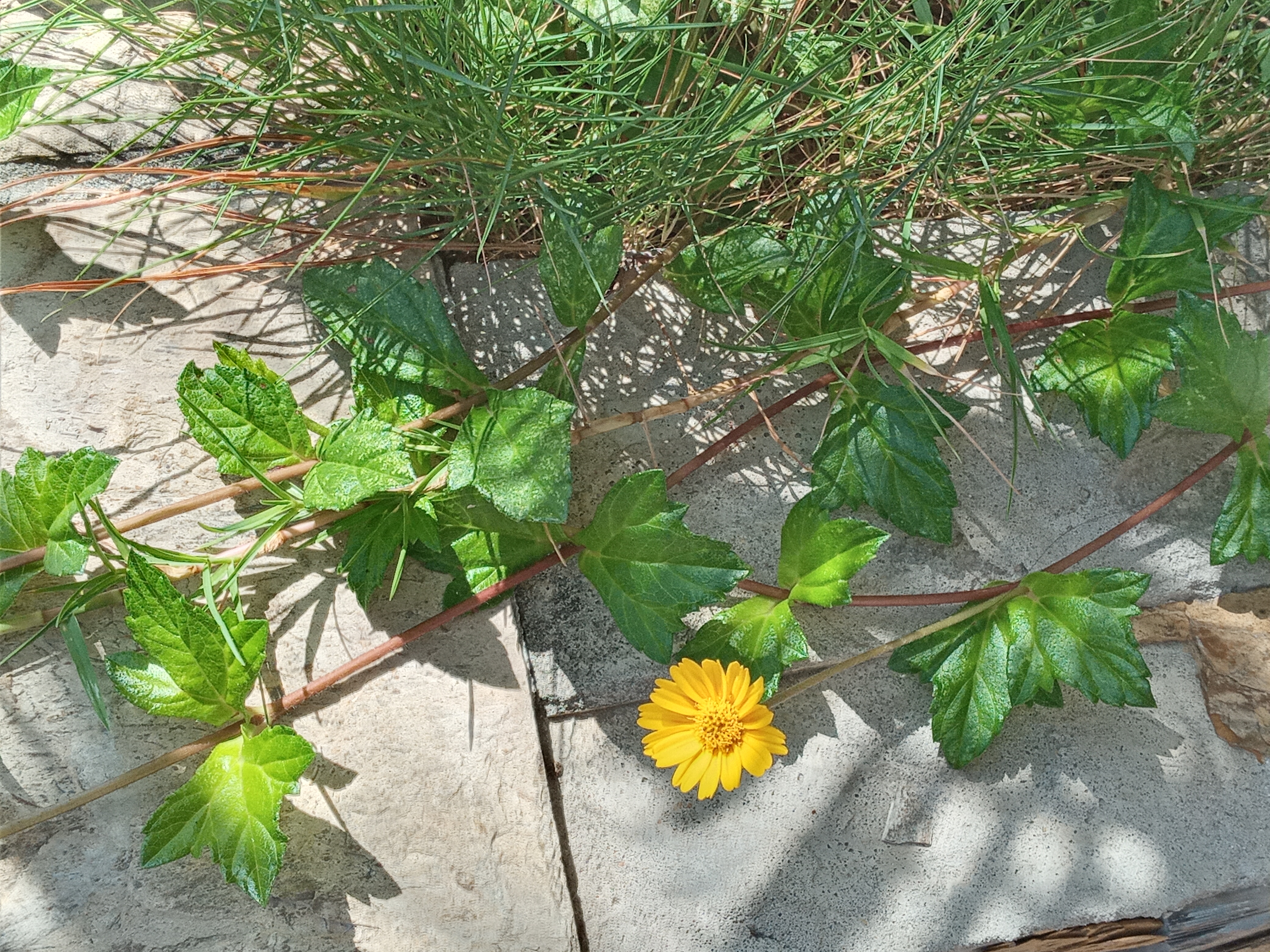
Its beautiful flowers are very similar to Margaritas, Bellis perennis, but smaller and yellow in color. They bloom all year round providing lots of color to their surroundings and combine spectacularly with the dark green of their leaves.
Being a tropical plant, it does very well in full sun or semi-shade. It can tolerate drought but it is advisable to provide watering regularly, especially when the soil is observed to be dry. It is necessary to keep its growth under control by regularly cutting its longest stems as it tends to grow very quickly and become invasive, but, if you wish to propagate it to any other location, you can easily do so by dividing the plant.
Among its ethnobotanical uses, infusions with its leaves are known to treat flus, colds, fever and inflammation, with the caution that it should not be ingested by pregnant women. Poultices are also prepared with its crushed leaves, to relieve rheumatic symptoms and arthritis, by placing it on the joints. Additionally, Sphagneticola trilobata has been used to treat hepatitis, infections and indigestion.
Sus hermosas flores son muy parecidas a las Margaritas, Bellis perennis, pero más pequeñas y de color amarillo. Florecen durante todo el año proporcionando mucho colorido a su entorno y combinan espectacularmente con el verde oscuro de sus hojas.
Al ser una planta tropical, le va muy bien la ubicación a pleno sol o en semisombra. Puede tolerar la sequía pero es recomendable proporcionarles el riego regularmente, sobre todo, cuando se observe que la tierra está seca. Es necesario mantener controlado su crecimiento cortando regularmente sus tallos más largos pues tiende a crecer muy rápidamente y volverse invasiva, pero, si deseas propagarla a cualquier otra ubicación, puedes realizarlo fácilmente a través de la división de la planta.
Entre sus usos etnobotánicos se conoce de infusiones con sus hojas para tratar gripes, resfriados, fiebre e inflamación, con la precaución de que no debe ser ingerido por mujeres embarazadas. También se preparan cataplasmas con sus hojas trituradas, para aliviar los síntomas reumáticos y la artritis, colocándola en las articulaciones. Adicionalmente, la Sphagneticola trilobata, se ha utilizado para tratar la hepatitis, infecciones e indigestión.
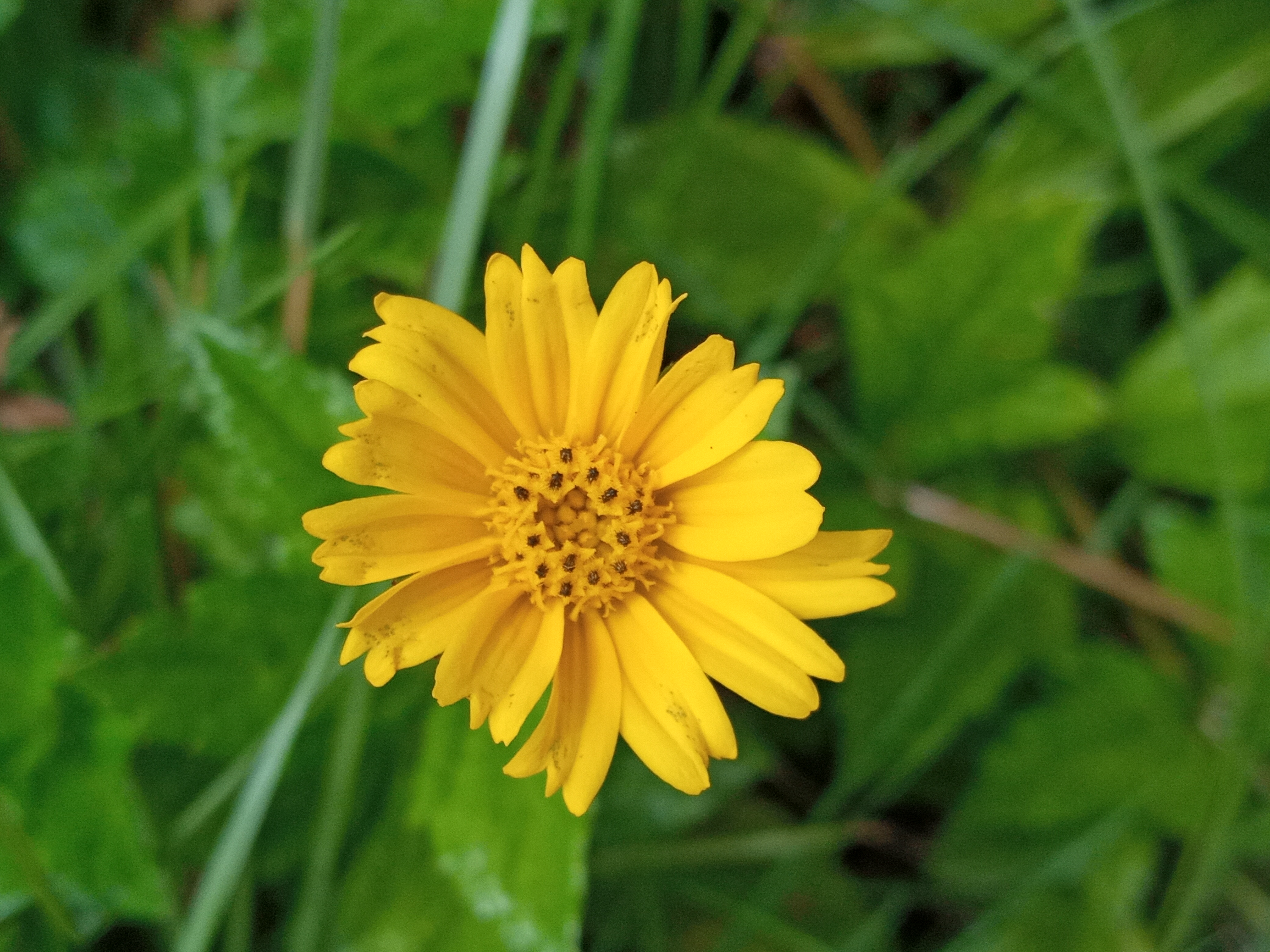
Thank you for your visit! thank you for reading me!
See you soon friends!
¡Gracias por tu visita! ¡Gracias por leerme!
¡Hasta pronto amigos!

Sources Consulted - Fuentes Consultadas
Translation using DeepL - Traducción realizada utilizando DeepL
| Device - Dispositivo: | SAMSUNG A10s |
|---|---|
| Camera - Cámara: | SM-A107M |
| Location - Ubicación: | Lechería, VENEZUELA |
The rewards earned on this comment will go directly to the person sharing the post on Twitter as long as they are registered with @poshtoken. Sign up at https://hiveposh.com.
it is the same a kind of flower in m country
Con el apoyo de la familia.
Trail de TopFiveFamily
Beautiful pict flower
very nice :)
@tipu curate